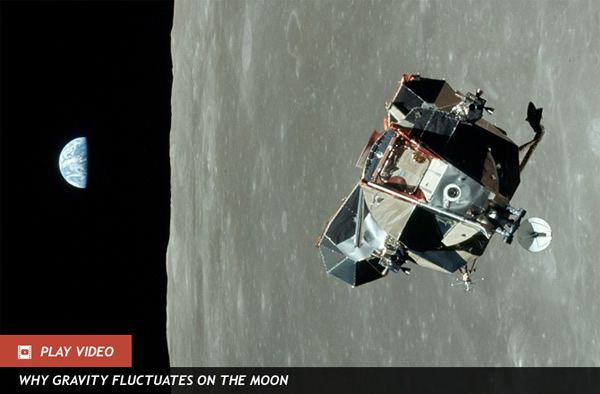When a Soviet Robot Raced Apollo 11 to the Moon
When a Soviet Robot Raced Apollo 11 to the Moon
Apollo 11 wasn’t the only mission in orbit around the moon on July 20, 1969. The crew was joined by a plucky little robotic Soviet lander, Luna 15, which was racing the American mission to return a lunar soil sample to Earth.
Luna 15 was part of the Soviet Luna program conceived by the Soviet Chief Designer Sergei Korolev more than a decade earlier. In 1955, two years before his R-7 rocket carried Sputnik into orbit, he imagined a more powerful version that could carry significant payloads to the moon. He wanted to explore our satellite with a fleet of robots, some in orbit, some on the surface, and, ultimately, he wanted to bring a soil sample back to study on Earth.
Luna 15 was at least the second sample return mission the Soviets launched; another spacecraft launched in June 1969 had failed to reach orbit. But Luna 15 didn’t have any trouble leaving the Earth. On July 13, three days before the Apollo 11 crew left the Earth, Luna 15 began its lunar journey. It would study interplanetary space before making a soft landing on the surface. Once there, it would run more experiments and collect a small sample. Then, a dedicated Earth-return module would bring it back.
Luna 15 reached the moon and entered into orbit on July 17, two days before Apollo 11. On July 20, both spacecraft were in orbit around their target.
About two hours before Neil Armstrong and Buzz Aldrin in the Eagle separated from the Mike Collins in the Command Module Columbia, Luna 15 entered its 39th orbit around the Moon. Both the American and the Soviet spacecraft adjusted their orbits in preparation for a landing. Luna 15 was still in orbit when Armstrong and Aldrin descended towards the surface, landed at the Sea of Tranquility, and took their first steps on the moon. It was still in orbit when the moonwalkers returned their to the Lunar Module after a two hour EVA.
Not until the first men on the moon were preparing to leave the surface did Luna 15 begin its descent. The lander began its final approach after 52 orbits, but it descended too fast. Luna 15 smashed into the Sea of Crises on July 21, 1969.
The intersection between Apollo 11 and Luna 15 added more tension to the mission for NASA. There was no worry that the Soviet mission would scoop the victory out from under the Americans – Luna was unmanned and Apollo was manned, and even if the Soviet probe had worked perfectly, it wouldn’t have returned to Earth ahead of the American crew. Its trajectory had it taking a longer route.
The worry for NASA was that the communications between Luna 15 and Moscow would disrupt communications between Apollo 11 and mission control. When NASA heard about Luna 15’s launch, it needed confirmation that the mission wouldn’t interfere with its own. Soviet space officials obliged. In an early cooperative move, the Soviet Union shared Luna 15’s trajectory information with NASA, assuring the agency the robotic sample mission wouldn’t threaten the manned landing attempt.
Luna 15 has been overshadowed by Apollo 11, but one group of astronomers had a front row seat as the drama unfolded. At the Jordell Bank Observatory in the UK, astronomers listened in as both missions flew simultaneously. And it was an exciting few hours –- listen for yourself!
Image: Apollo 11 lunar module returning to the command module after Armstrong and Aldrin’s historic landing. Credit: NASA(Jul 10, 2013 01:03 PM ET // by Amy Shira Teitel)












